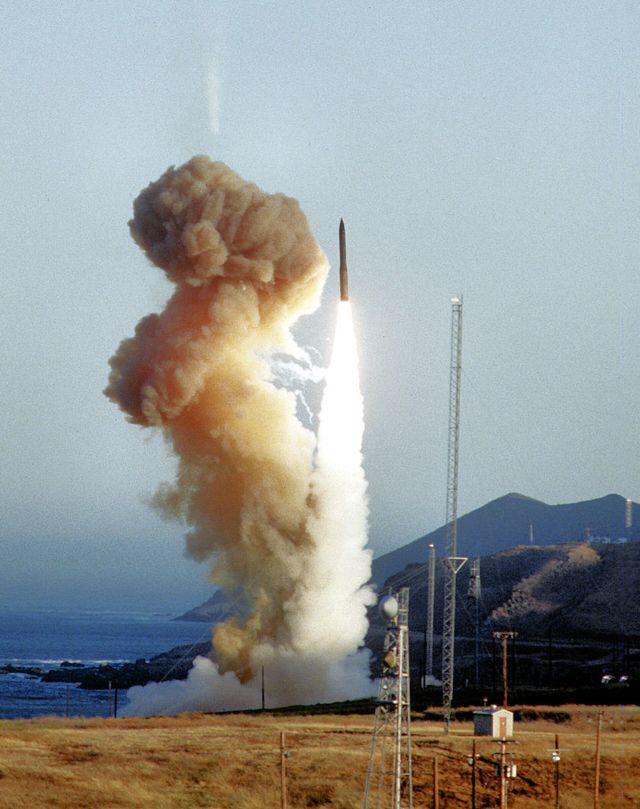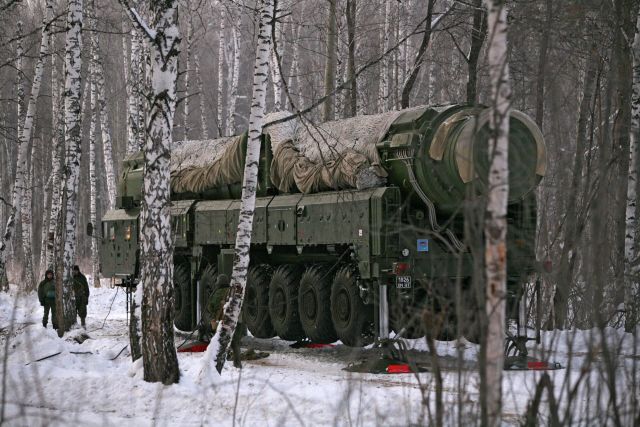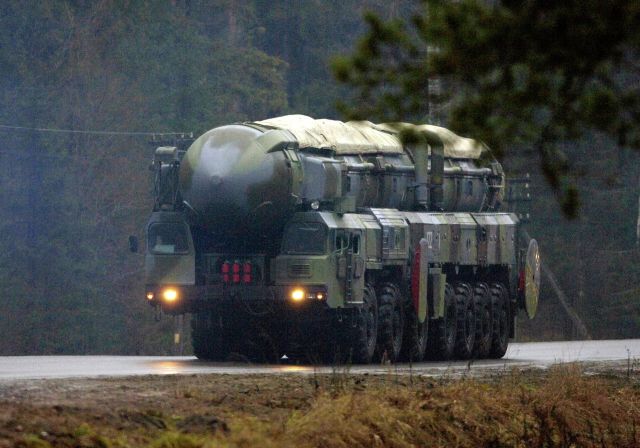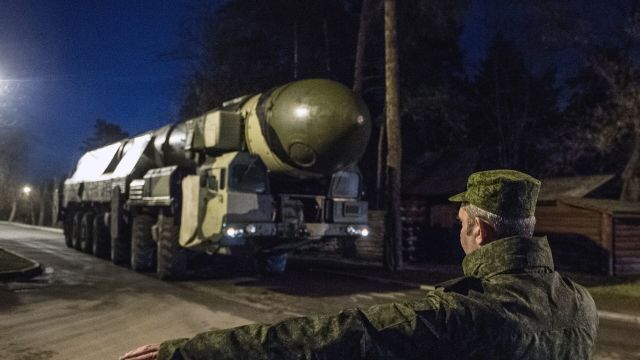The Topol-M complexes took over combat duty 35 years ago
MOSCOW, Dec 30 — RIA Novosti, Andrey Kotz. Exactly 35 years ago, on December 30, 1988, the first regiment armed with the RT-2PM "Topol" (according to the NATO classification SS-25 Sickle — "Sickle") took up combat duty. These complexes are the last "nuclear cudgel" developed in the USSR. They are planned to be completely decommissioned next year. About the history of this weapon and how it will be replaced — in the material of RIA Novosti.
Mobile solution
In the mid-1970s, the United States received Minuteman III intercontinental ballistic missiles with increased accuracy: the circular probable deviation did not exceed 200 meters. The Americans could aim at the mines of Soviet ICBMs, whose coordinates are well known thanks to a powerful satellite constellation. In the event of war, the USSR risked being left without a nuclear arsenal. Moscow was aware of the threat, and the defense industry was instructed to solve this problem.

Launch of the American ballistic intercontinental missile Minuteman III
Image source: CC0 / United States Air Force /
The Moscow Institute of Thermal Engineering (MIT) has begun to create a fundamentally new complex based on a three-stage ICBM, which was planned to be placed not in a stationary mine, but on a mobile launcher. The calculation was simple: the enemy would not have time to track the routes of dozens of platforms at once. Looking for a mobile "Poplar" in the Ural forests or the Siberian taiga is like looking for a needle in a haystack.
A special vehicle capable of withstanding a heavy missile was developed by the Minsk Wheeled Tractor Plant and the Barricades Production Association. As a result, the MAZ-7917 truck appeared on the basis of an all-wheel drive seven-axle chassis with a 710-horsepower engine. The tractor accelerated to 40 kilometers per hour and traveled about 400 kilometers without refueling.

The Topol missile system at the test site in the Novosibirsk region
Image source: © RIA Novosti / Alexander Kryazhev
They tested ICBMs from the autumn of 1982 to the end of 1984. We completed 12 launches. Stationary structures and temporary shelters were erected in places of permanent deployment and on patrol routes. Finally, in July 1985, the first division of unpaved "Poplars" went on experimental combat duty in Yoshkar-Ola. The complex was officially adopted on December 1, 1988.
The guarantee of retribution
The RT-2PM has three flight stages. The gross weight exceeds 45 tons. The inertial control system controls the flight, pre-launch preparation and launch. The rocket is placed in a sealed transport and launch container with a length of 22.3 meters for the entire service life. Constant temperature and humidity are maintained inside — the product has been preserved in this condition for decades.
The ICBM is solid-fuel. It is much faster to prepare for launch than liquid, it is much easier to operate and environmentally friendly. The monoblock thermonuclear warhead is equipped with a high-speed unguided combat unit. The range is 11 thousand kilometers, that is, it reaches anywhere in the continental United States.
To start the installation, it is hung on jacks and horizontal. The launch is carried out after lifting the container to a vertical position using a powder pressure accumulator placed in a transport and launch container - this is the so—called mortar launch.

Division of Strategic Missile Forces in the city of Teykovo, Ivanovo region
Image source: © RIA Novosti / Sergey Guneev
The Topol PGRK differed favorably from its predecessors, the Temp—2S and Pioneer complexes, in maneuverability and degree of camouflage. It was possible to launch from pre—prepared route points - this increased survivability. More advanced combat equipment and high accuracy made it possible to use the installation to solve any strategic task.
By 1999, there were already more than 360 units in the RVSN. The massive deployment of these missiles guaranteed Russia a retaliatory strike even in the event of the destruction of the vast majority of mine ICBMs.
To replace veterans
In the late 1990s, mass production of the Topol-M with the more modern RS-2PM2 ICBM was launched. It is larger and heavier, the tractor had to be modified. The car received an eighth driving axle.
The upgraded missile is more accurate, less vulnerable to missile defense systems, can maneuver in flight and is resistant to electromagnetic pulses. In addition, each RS-2PM2 carries a set of false targets to further confuse the enemy.
By the early 2010s, the production of Topol-M was curtailed. The industry has focused on the RS-24 Yars complex. This missile carries four combat units of increased power and range at once. In addition, there is a system for recalculating flight assignments, which allows you to launch a rocket from any point on the patrol route, without being tied to pre-designated positions.

The launch of the Yars intercontinental ballistic missile from the Plesetsk State test cosmodrome at the Kura test site during the training of strategic nuclear deterrence forces
Image source: © RIA Novosti / Ministry of Defense of the Russian Federation
RS-24 "Yars" is the main striking force of the Strategic Missile Forces. According to open sources, there are more than a hundred complexes on combat duty, both in mobile and mine versions. And on September 1, 2023, the ground component of the nuclear triad was strengthened by the newest heavy-class ICBM RS-28 Sarmat.
The tactical and technical characteristics of the Sarmat were first revealed at the Army 2019 forum. The range is a record 18 thousand kilometers, the length of the rocket is 35.5 meters, the diameter is three meters. Delivers from ten to 15 warheads to the target, depending on their power.
The RS-28 is designed for Avangard hypersonic guided combat units that accelerate in the atmosphere to Mach 15 numbers, which makes them invulnerable to any existing and promising missile defense systems.
It is expected that the Sarmat will replace the heavy R-36M2 Voevoda (according to the NATO classification — Satan) in the Strategic Missile Forces, which have been in service since 1988. This complex has the most powerful ICBM in the world today.

